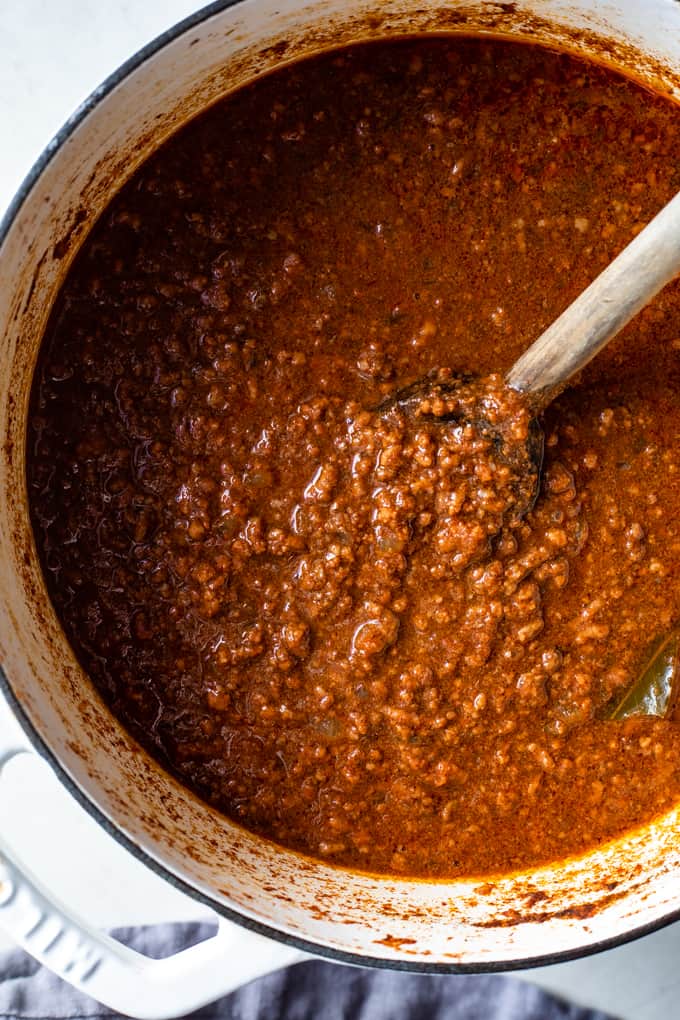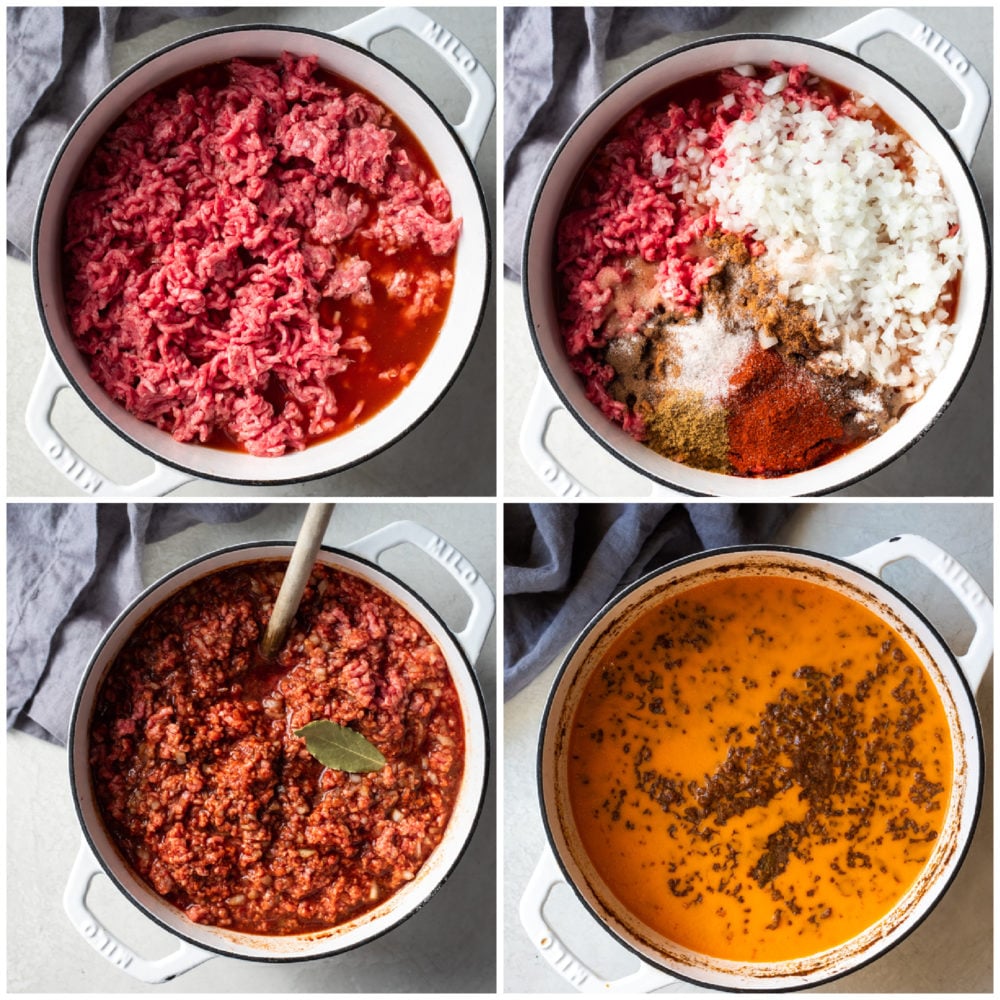Firstly, can you please share with us a little bit about who you are?
My name is Natalie Hayden. I have two kids (Reid, age 3 and Sophia, age 1.5). My husband and I live in Missouri. I was diagnosed with Crohn’s disease at age 21, in July 2005. I spent a decade working in television news at ABC stations in MN, WI, and IL. When I left the news desk in November 2014, I started thinking about sharing my patient journey publicly in hopes of being the voice I desperately needed to hear upon diagnosis. I launched my blog, Lights, Camera, Crohn’s: An Unobstructed View in July 2016 and have shared fresh content every single Monday (and some Wednesdays) since!
What has 2020 so far made you grateful for?
2020 has made me grateful for my family and for my remission. My Crohn’s has been in remission since August 2015. If my disease was active, I would be extra stressed out and worried right now about needing medical attention. Being able to spend months at home with my husband and children, with both of us still working (my husband has a corporate job and I’m a stay at home mom + freelancer + blogger), we were able to balance our careers, but also soak in all the special moments with our little ones, together.
What is one thing you practice every single day to experience joy?
I was never a coffee drinker before becoming a mom, but now I always look really forward to my cup of coffee each morning.
Your diagnosis of Crohn’s disease in 2005 really impacted your life. Can you please walk us through what that was like for you?
I was blindsided with this health issue in 2005. I was perfectly healthy prior, so coming to terms with having a chronic illness for which there is no cure at that crossroads in my life—being two months out of college and looking for my first job—was a lot to come to grips with. I had worked tirelessly to earn my Journalism degree, worked several internships, and at the college TV station, I didn’t allow my disease to stop me from sending resume tapes (dating myself!) to hundreds of TV stations across the United States. I ended up moving 8 hours away from all friends and family three months after diagnosis on 22 pills a day.

Since then, you’ve built a brand called ‘Lights, Camera, Crohn’s helping empower IBD patients to celebrate the small milestones on their journey to better health. What type of work do you do with patients to help them achieve their goals?
I do a ton of behind the scenes “work” to connect with patients around the world living with IBD. Whether it’s writing back and forth over direct messages on Instagram to provide guidance on pregnancy, talking to someone on the phone who is newly diagnosed, or leading chats on IBD apps and social media, I’m constantly—7 days a week, doing all I can to provide support to others, from the bottom of my heart. It’s my hope that my story provides hope and comfort to others.
The diagnosis of IBD is tough. What are some tips that you can give to someone who has just been diagnosed and dealing with grief and denial?
Be patient with yourself. This will feel like a new identity, give yourself time to grieve the former you. In time you will realize your IBD is part of you, but not all of you. When I was diagnosed in 2005—there were no blogs, Facebook launched that year…I was literally isolated in my thoughts and fears. Now you have thousands of IBD advocates and patients right at your fingertips. Don’t be afraid to reach out, share your story, and get connected. The more you share the more you open yourself up to support.

Stress and or anxiety can be key triggers for gut health symptoms, and symptoms create stress or anxiety. What would your advice be to someone who is stuck in this vicious cycle?
Stress and anxiety are definitely a top trigger for me. My emotions play a big role in our I feel with my Crohn’s and if I become symptomatic. If I’m upset or excited, I generally feel a bit of gnawing pain in my abdomen. I shared an article on my blog this week about this topic—interviewed a doctor with IBD. She shared several exercises we can all do from the comfort of our homes to boost our mental health and help us cope during these stressful times: https://lightscameracrohns.com/2020/09/07/why-this-public-bathroom-triggers-me-tactics-for-coping-with-the-mental-health-aspect-of-ibd/
There are many IBD patients who still don’t understand or value the importance of gut health as a form of maintenance. Why do you think gut health is such an integral part of the healing journey?
When you think of treating your IBD you need to take everything into account. It’s not just diet, it’s not just medicine, it’s not just exercise or sleep. It’s all things. It’s being mindful of what your dietary triggers are and steering clear. It’s making rest and exercise a priority. It’s been a compliant patient with your medication and having open communication with your care team whenever you have questions or if you’re symptomatic. It’s listening to your body every single hour of every single day and being cognizant of the decisions you make and how they impact how you feel.
You’ve joined some incredible institutions to help support others who are dealing with IBD. What has been one experience where you’ve felt proud of your contribution to the IBD world?
Thank you! As an IBD mom of two, one of my favorite projects and initiatives has been the IBD Parenthood Project. It’s the gold standard resource for families in the IBD community no matter what stage of family planning they are in. There has always been such grey area between providers when it comes to medications, breastfeeding, delivery, fertility, etc. Now, people have an incredible resource to rely on. I was proud to lend my voice and my experience to that project. It was extra special for me, because while I was working on it with the American Gastroenterological Association, I was pregnant with my daughter. The IBD Parenthood Project launched the week she was born.
You’re a mother of two beautiful little humans. What can be some of the challenges IBD patients may face when falling pregnant, and what was your personal experience like?
Luckily, both my pregnancies were flawless when it came to my Crohn’s disease. The key is getting pregnant when you are in remission or your disease is calm. There’s what’s called the Rule of Thirds. One-third of woman get better in pregnancy, one third get worse, and one third stay the same. If you are in remission when you conceive, your likelihood of staying that way is much greater. I followed the advice of my GI, OBGY, and maternal-fetal medicine doctor and stayed on my Humira injection until 39 weeks with my son and 37 weeks with my daughter. Deciding to go off all medications is on the biggest mistakes you can make. You must set yourself up for success and be a safe haven for the baby. By going off the medication you don’t only risk flaring while pregnant, but also have a higher risk of a postpartum flare. It’s one thing to flare when you only have to worry about yourself, it’s on a whole other level when you have a family to worry about.
Many women with IBD fear ‘mom life’ because a flare-up can be extremely debilitating, leaving people bedridden. What are your thoughts about this?
Since having my kids, I can count the number of days where my symptoms were that bad. My remission the past five years is something I’m so grateful for. It doesn’t mean I feel perfect, but the pain and bathroom trips are controllable. I am definitely fearful when I flare next, I know it’s not a matter of if, but when. Until then, I’m soaking up these amazing ‘feel good’ moments for as long as I can.
If you had no limitations to anything in life, what would you create/build to continue helping those who need empowerment and strength?
If money, time, and childcare were no option, I’d love to have access to a camera crew to do stories with IBD patients and families around the world. I’d love to travel more and connect with fellow members of the IBD community. IBD Moms is a fantastic community of support created by two dear friends of mine, Brooke Abbott and Amber Tresca, I’d love for us to have getaways and trips for IBD Moms so we could all connect in person and also have time for self-care.
As a former news anchor, what is one health topic/concern that you’d love to report on?
I’ve always been passionate about health reporting, at my first station out of college, I was located by the Mayo Clinic. So, I was able to do stories about incredible research and medical treatments. I’m always interested in organ transplants—as my 31-year-old cousin Bill was the eighth heart transplant in the US. His first heart lasted 20 years, he went on to have a double organ transplant—heart and kidney in October 2009, he’s thrived ever since and become a public speaker, started a non-profit, and is a published author. I love getting the word out about the gift of life through organ donation as much as I can. That was one of my pillars of focus while I worked in TV, especially since I didn’t disclose, I had IBD until I left the TV business.

What is currently in your fridge, and why?
I just went grocery shopping, so lots of fresh fruits and vegetables. We’ve been on a watermelon kick lately. So refreshing. We have a pineapple we need to cut up. The kids love it, it really is like nature’s candy. I’ve been into making Brussel sprouts and broccoli for dinner, love roasting them with olive oil, salt, and pepper. I also have some Brie cheese, it’s one of my guilty pleasures.
from Blog – moxie https://ift.tt/34etDGm
via babu31















